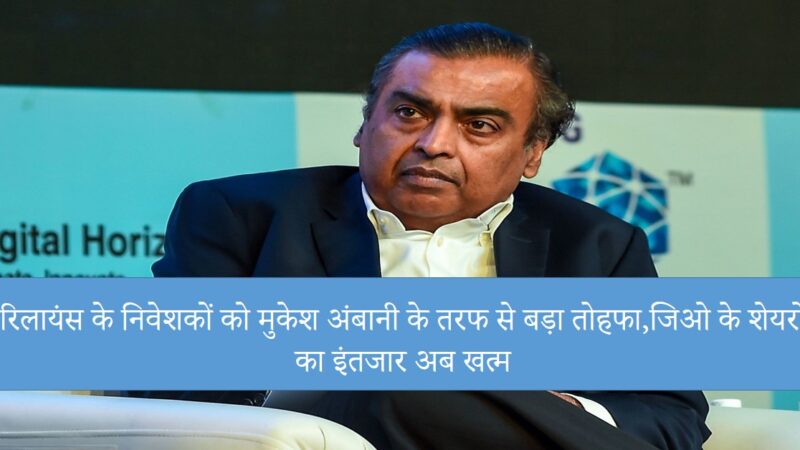Top 3 Best Investment Options
The Best Investment options in India vary according to risk levels and duration. In this article we’ll look at the best options for both long-term and short-term investments. Read on to find out more. This article also covers Government-backed investments and Low-risk investments. All these options offer different levels of return on investment. But the most important thing is to understand the risks and benefits of each. Only then can you choose the right investment for your needs.
High-risk investment options
In India, investing is an essential part of wealth creation. It can help you beat inflation, meet your financial goals, and stabilize your future. There are many investment avenues available, including stocks, equities, mutual funds, and fixed deposits. Depending on your risk tolerance, some investment plans can provide high-returns, while others may not. However, whatever you decide to do, investing is a good idea for long-term growth.
High-risk investment options are characterized by a higher degree of risk than traditional investments. There is a higher probability of losing your entire investment, but the returns are high and the downsides are relatively low. However, this type of investment is suitable for investors with a higher appetite for risk. For example, stocks and mutual funds are two types of high-risk investment options in India. In addition to mutual funds, other high-risk investment options include stocks and derivatives.
Low-risk investment options
When it comes to investing, the smartest investors are looking for the best low-risk investment options in India. This is because these investment options offer a chance to multiply your money within a certain time frame, with low or even no risk involved. But the problem is that it is very difficult to find such a plan. Here are a few ideas to consider. In addition to being low-risk, low-return investment options, they also help protect your capital from market forces.
Fixed deposits are another low-risk investment option in India. With fixed deposits, you have more control over the investment and the rate of interest can range anywhere from six percent to eight percent. Another low-risk investment option is the PPF (public Provident Fund). You can invest up to 1.5 lakh rupees in a single year and receive a tax-free maturity amount. You can also invest in government securities, which are generally risk-free and have high market ratings.
Government-backed investment options
If you’re looking for low-risk investment options that yield high returns, you may want to consider investing in a government-backed scheme. Investing in an NCS is one of the most popular government-backed investment options in India. You can invest up to Rs. 1,000 in one of these savings certificates and receive 6.8% interest per year. NCSs are available for five or 10 years, depending on how long you plan to hold them. Another popular investment option is the Public Provident Fund (PPF), which was launched with the intention of encouraging small and medium-sized investments.
The National Pension Scheme (NPS) is a retirement saving scheme launched by the Indian government. This scheme allows subscribers to save for their retirement, and the money they contribute is managed by pension fund managers registered with the Pension Fund Regulatory and Development Authority of India. About 40% of the corpus is used to buy an annuity, and 60% of it can be withdrawn in a lump sum when the time comes. The entire amount is tax-free. Post offices also offer POMIS savings plans for investors to invest in. A minimum investment is Rs.1,500, and you can invest up to Rs.4.5 lakhs. Interest earned on the investment is tax-free, and you don’t need to worry about your retirement plans or how much money you will need.
Long-term investment options
Investing for the long-term is an excellent way to secure your future. Investments in a company or mutual fund can provide high returns. However, you must be cautious about the risks involved. There are also a variety of other options, such as real estate, mutual funds, and the National Pension System. A few tips to follow when investing for the long-term are listed below. You can invest as little as Rs 500 a month in one or more of these investment vehicles.
Before investing, be sure to analyze the risks and returns associated with different types of investments. Always keep an emergency fund separate from your regular savings. You should also make sure that you have sufficient liquidity for unforeseen events. This way, you will not have to depend on your investments to support your daily expenses. You should choose the investment option that offers the best combination of return and risk. Investing in these types of funds is not for everyone.


